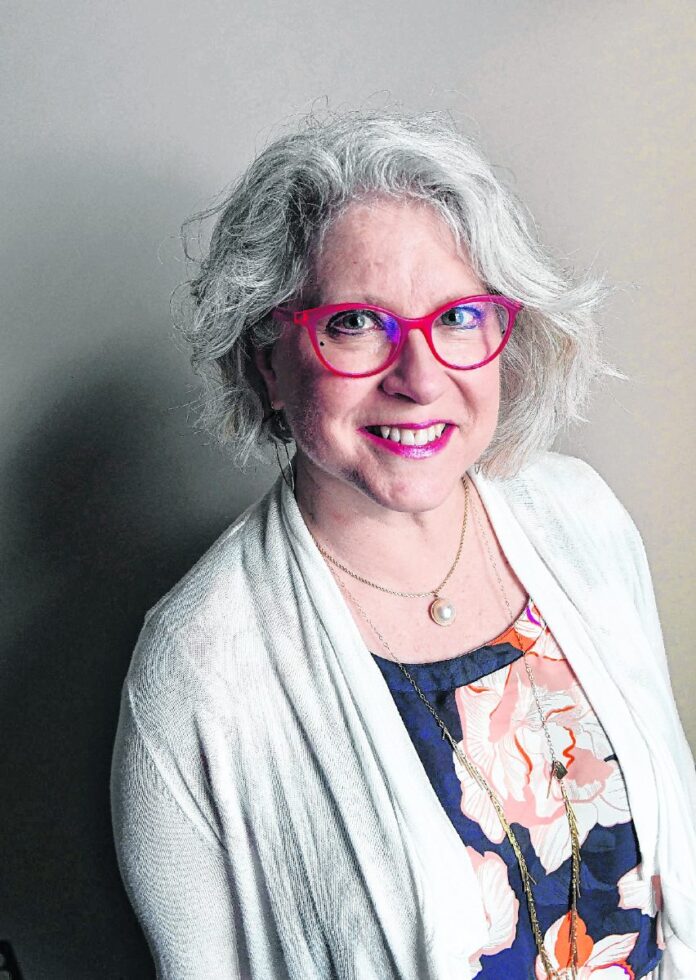Branding matters, or so I’ve heard myself saying. This is one reason seeing modern women dress as 1920s suffragists with the big hats and white dresses is unsettling to me as a member of the 2020 League of Women Voters. The Hancock County League will celebrate with cake as Greenfield Mayor Chuck Fewell signs a resolution commemorating the League’s 100-year history. I wonder if League members will wear white dresses.
The current League accomplishes great things, but it seems stuck in a time warp, at least when it comes to “branding.” It is a century since women got the vote through the 19th Amendment. Haven’t women moved on?
Yes. And no.
Unlike other industrialized nations, the United States still hasn’t elected a female president or vice president. And women represent only 24% of the seats in Congress. In Indiana, women are only 21% of the seats in the General Assembly.
So why does this matter? Women are more likely to champion causes effecting women. The first female-initiated legislation in 1921 provided federal funding for maternity and child care. In recent history, U.S. Sen. Amy Klobuchar was responsible for money being released for rape kit backlogs. Female legislators have sponsored the Paycheck Fairness Act (no gender discrimination); International Violence Against Women Act; and the Women’s Retirement Protection Act. In this current Indiana legislative session, four female legislators have introduced House Bill 1160, which clearly defines sexual consent.
This is not to suggest males don’t pass legislation that benefit women, too. After all, it was a 99.9 percent male Congress that passed the 19th Amendment in 1919, giving women the right to vote. Nor is it to suggest women only write legislation for themselves and children. But since women are half the population, shouldn’t they represent half of the leadership? Female legislators seek to help women reach these leadership goals by removing roadblocks ranging from unpaid maternity leave to fair work-reentry and advocating for equitable health insurance coverage and the right of a woman to her medical privacy.
Cultural norms left women unprepared for their first vote a hundred years ago. Many first women voters used their husbands’ names on the ballot, signing Mrs. John Doe instead of Jane Doe. Consequently, thousands of their votes weren’t counted. These women had to be taught to use their own names to represent themselves. On Feb. 14, 1920, The League of Women Voters was formed to assist women to exercise their new right to vote.
Women have come a long way since the days of partial citizenship in which they were denied the right to vote, own property, keep their children after a divorce, keep what they inherited, or manage their own lives. And women today owe a debt of gratitude to the women who went before us. Today, if you see a “suffragist,” don’t let the old-fashioned branding deceive you. The League is present in the here and now to do what a working democracy requires. And the work it does is just as relevant now as it ever was.
Today, as in the past, the League’s men and women members are committed to registering voters, encouraging voting, and providing non-partisan information to citizens through candidate debates and issue forums. Like any non-profit, the League relies on volunteers to bring its services to the community. The League is seeking people of any gender, race, or party affiliation to serve with them.
The League invites you to join them at Greenfield city hall at 2 p.m. Thursday, Feb. 13. Cake will be served, spirits will be high, and a big hat or two might be in view.
Donna Steele is a member of the League of Women Voters of Hancock County.





